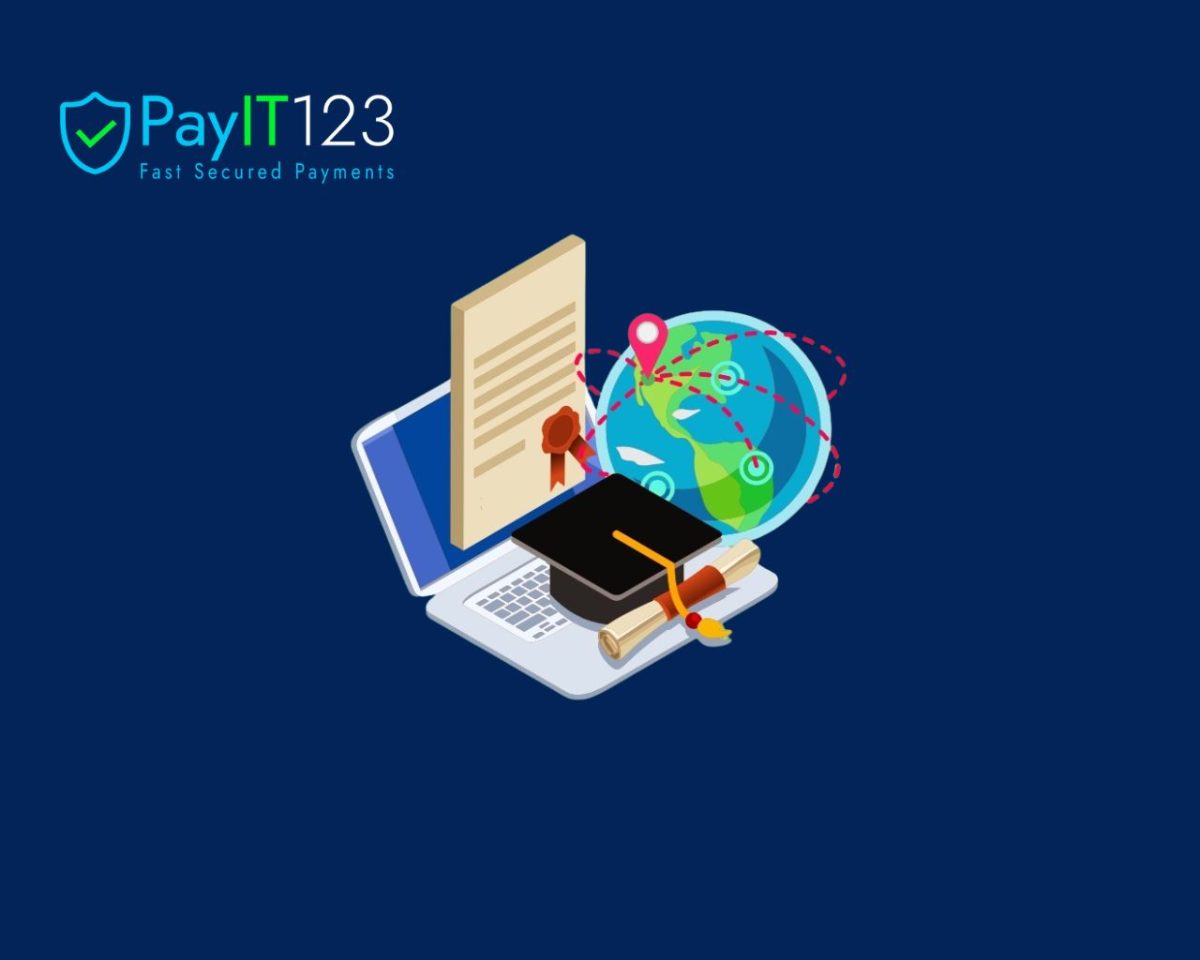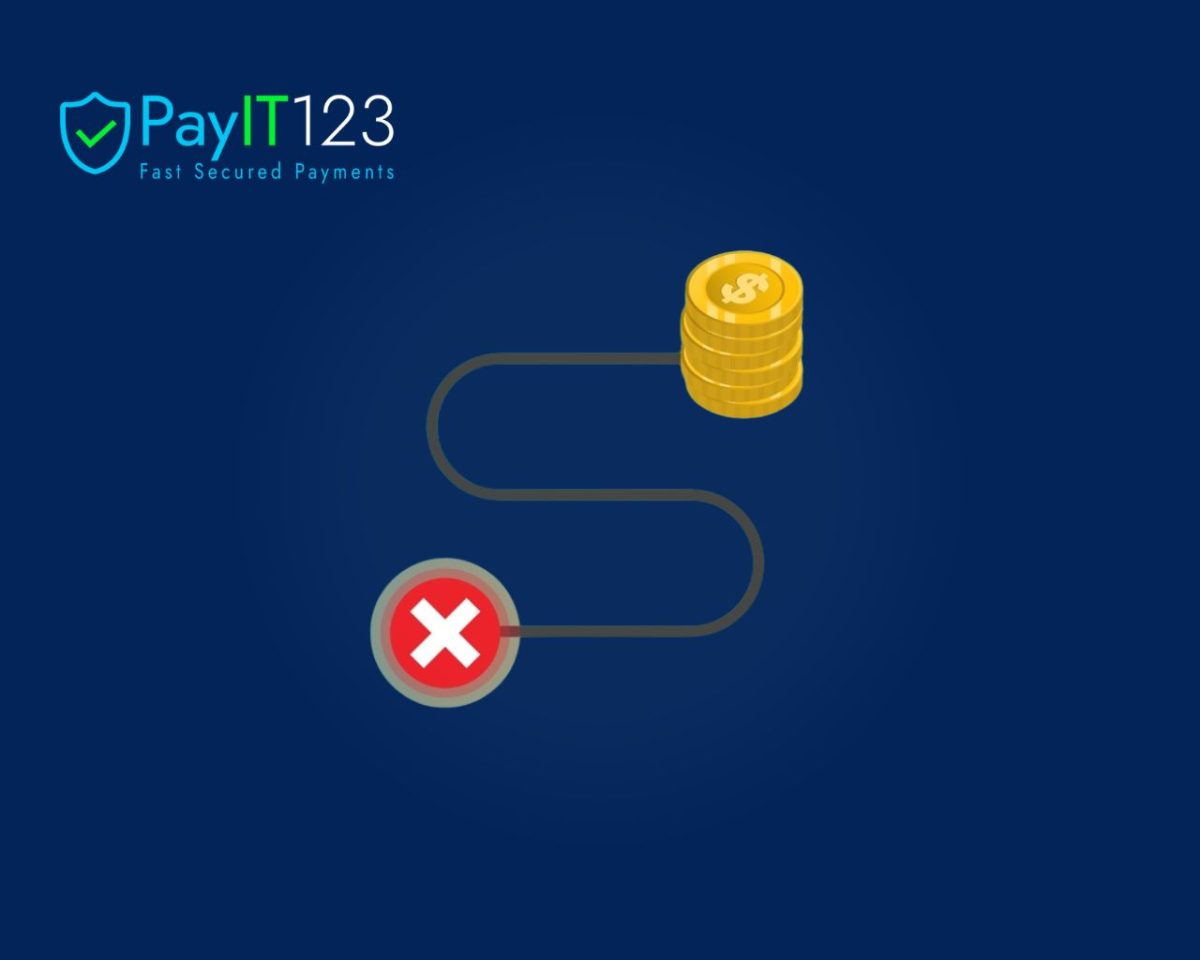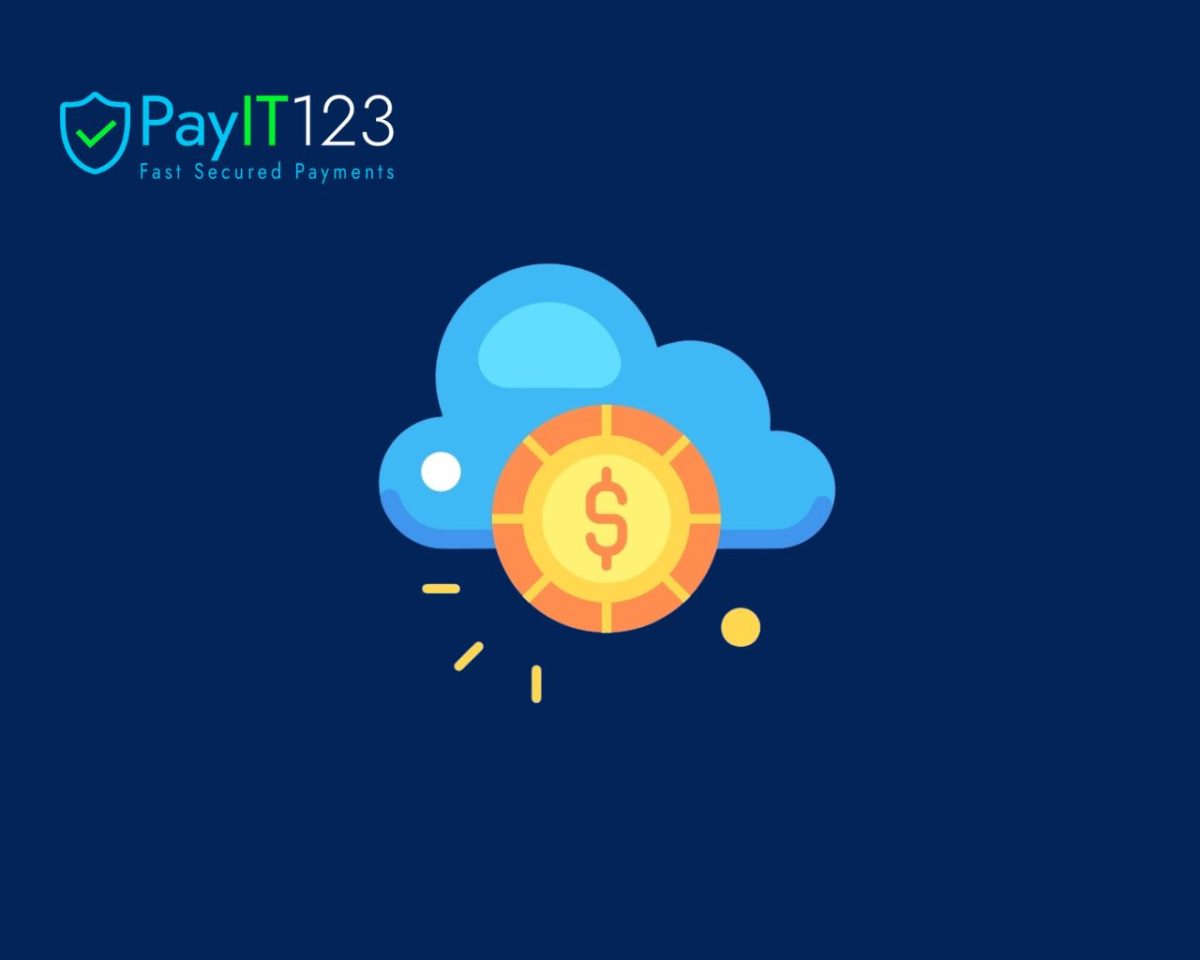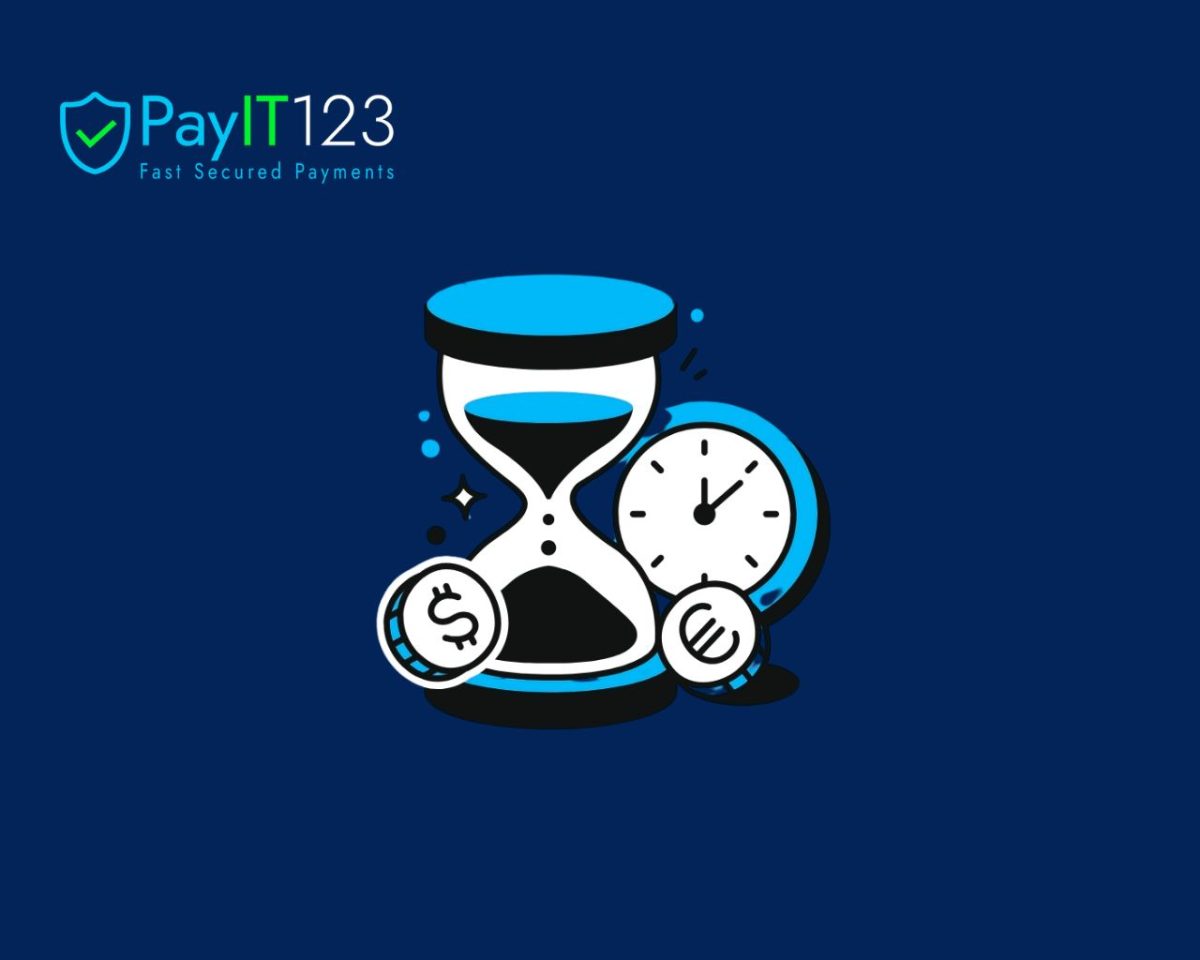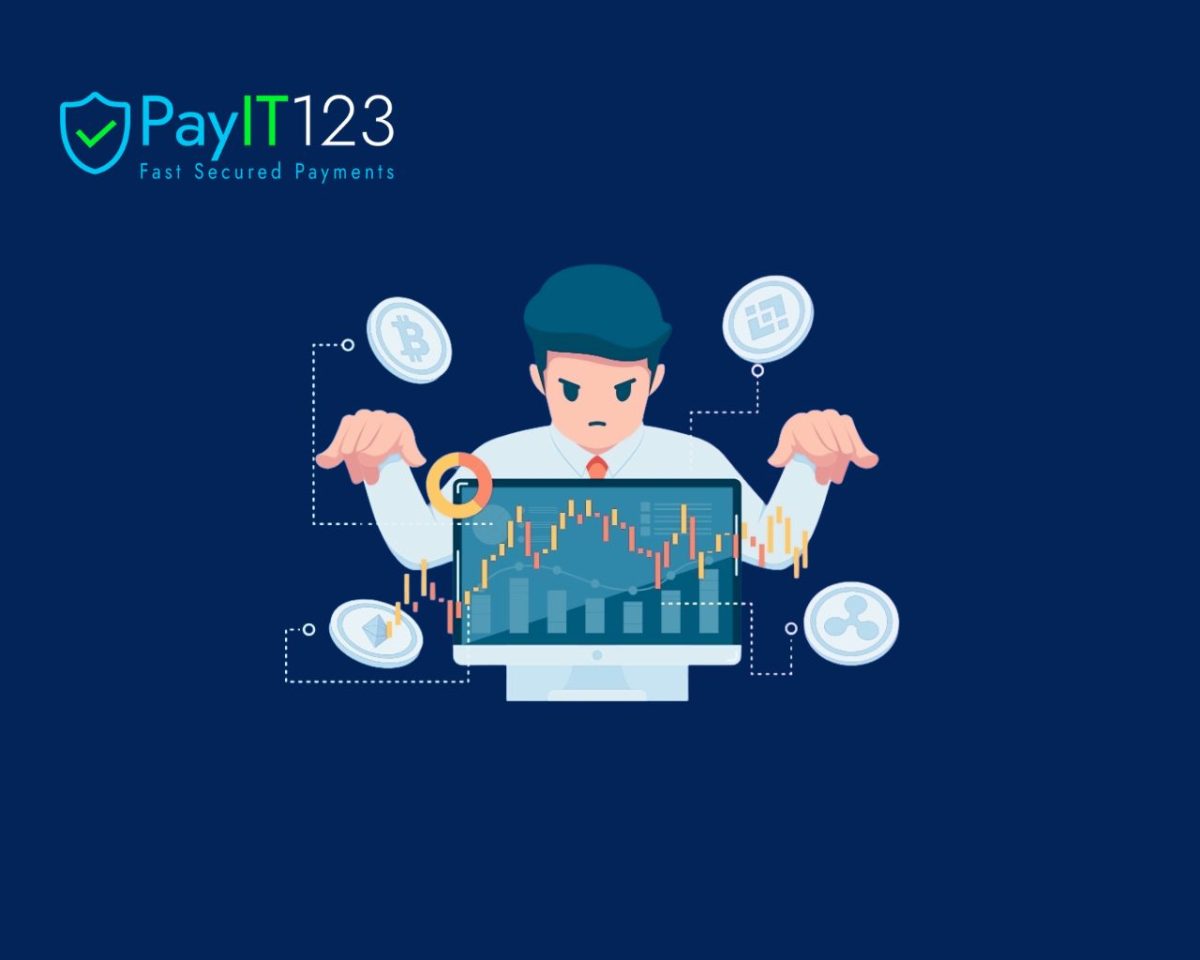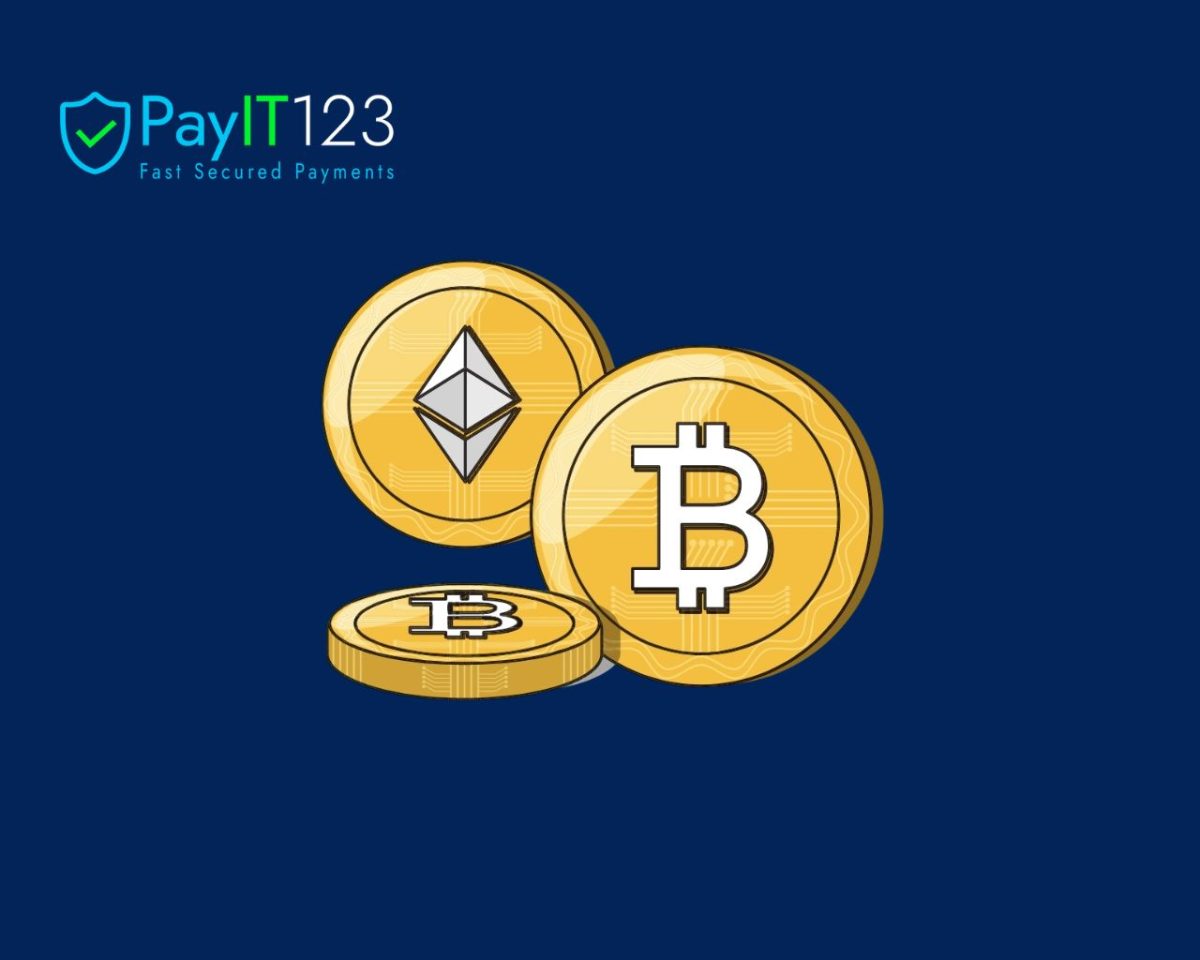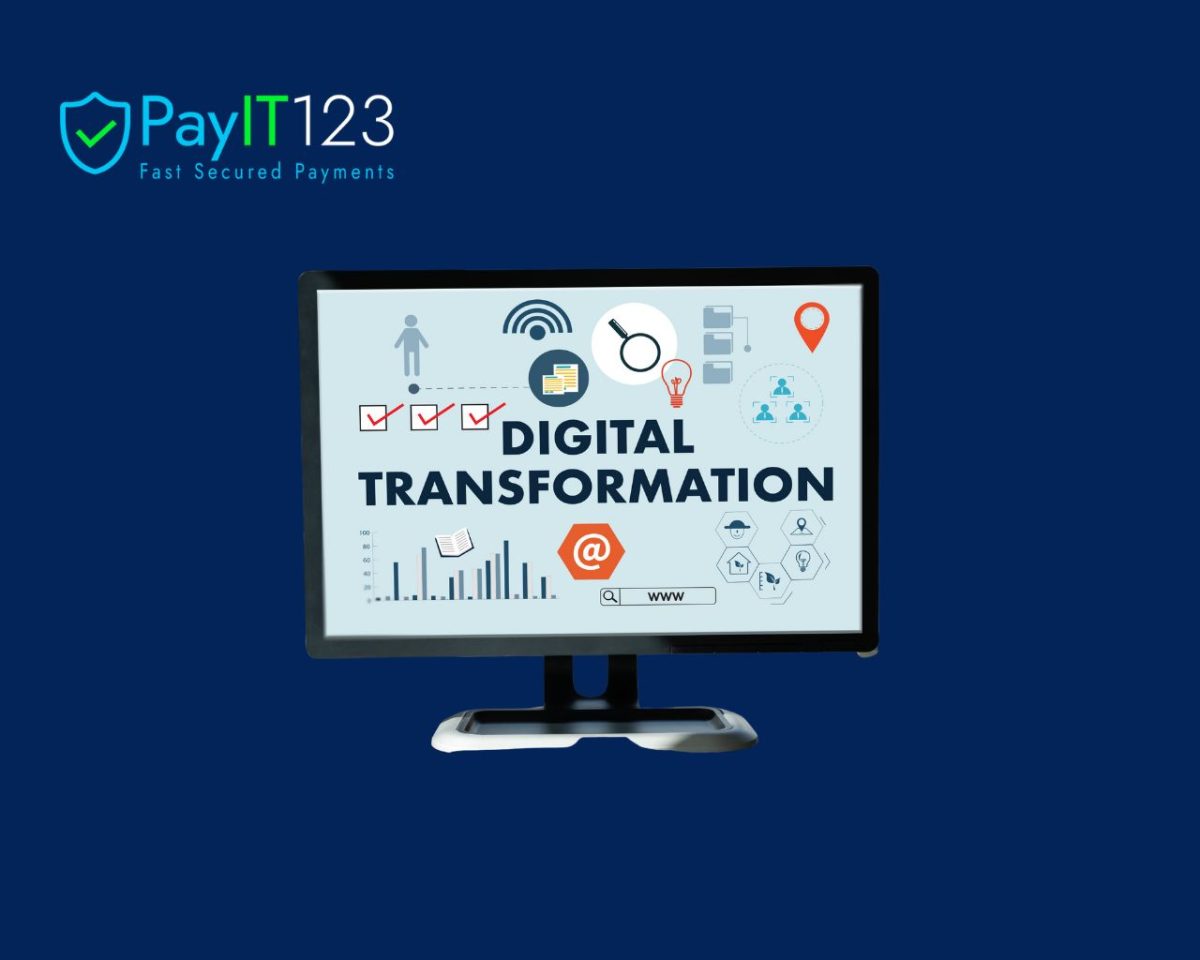Introduction
As businesses increasingly adopt new technologies, particularly cloud services and digital tools, the role of onramp solutions—methods that help users transition to new systems—has become vital. While technology onramps facilitate smooth transitions, one of the most crucial aspects of successful implementation is user education. Educating users on how to utilize new technologies effectively is a critical factor in ensuring adoption, minimizing errors, and maximizing efficiency. Here’s why user education is essential in technology onramps.
- Ensures Seamless Adoption
A new technology or system can be overwhelming for users who are accustomed to traditional methods. Without proper training, employees may resist the change or struggle to use the new tools effectively. User education provides a clear understanding of how to navigate the technology onramp, guiding users through the transition process. This boosts their confidence and promotes seamless adoption, enabling them to make the most of the technology’s features and capabilities from the outset. - Reduces Errors and Increases Productivity
When users are not adequately trained, mistakes are more likely to occur, which can lead to disruptions, inefficiencies, and even data loss. By educating users on the proper use of new systems, you can reduce errors and ensure that the transition is as smooth as possible. Users who are confident in their understanding of the new technology can work more efficiently, ultimately improving overall productivity. A well-educated workforce is better equipped to leverage the full potential of the technology, leading to better outcomes for the organization. - Maximizes the Return on Investment (ROI)
The success of any technology implementation depends not only on the quality of the tools themselves but also on how effectively they are used. Providing comprehensive user education ensures that your organization gets the most out of its investment. Employees who are well-versed in the technology can take full advantage of its features, which improves the return on investment (ROI) by maximizing the benefits of the technology and reducing unnecessary costs related to inefficiencies or mistakes. - Supports Long-Term Success
Onramp solutions are not a one-time effort but part of a long-term strategy for organizational growth. Ongoing user education ensures that employees continue to adapt as the technology evolves. Providing regular training sessions, resources, and support helps users stay up-to-date with system updates and new features, promoting long-term success.
Conclusion
User education plays a vital role in the success of technology onramps. By ensuring that employees are adequately trained and confident in using new systems, businesses can maximize productivity, minimize errors, and achieve a higher return on investment. In today’s fast-paced digital world, investing in user education is crucial for maximizing the full potential of your technology onramp and ensuring the long-term success of your organization.
#TechnologyOnramp #UserEducation #TechAdoption #DigitalTransformation #Productivity #Training #BusinessSuccess #CloudTechnology #TechSupport #EmployeeEducation

